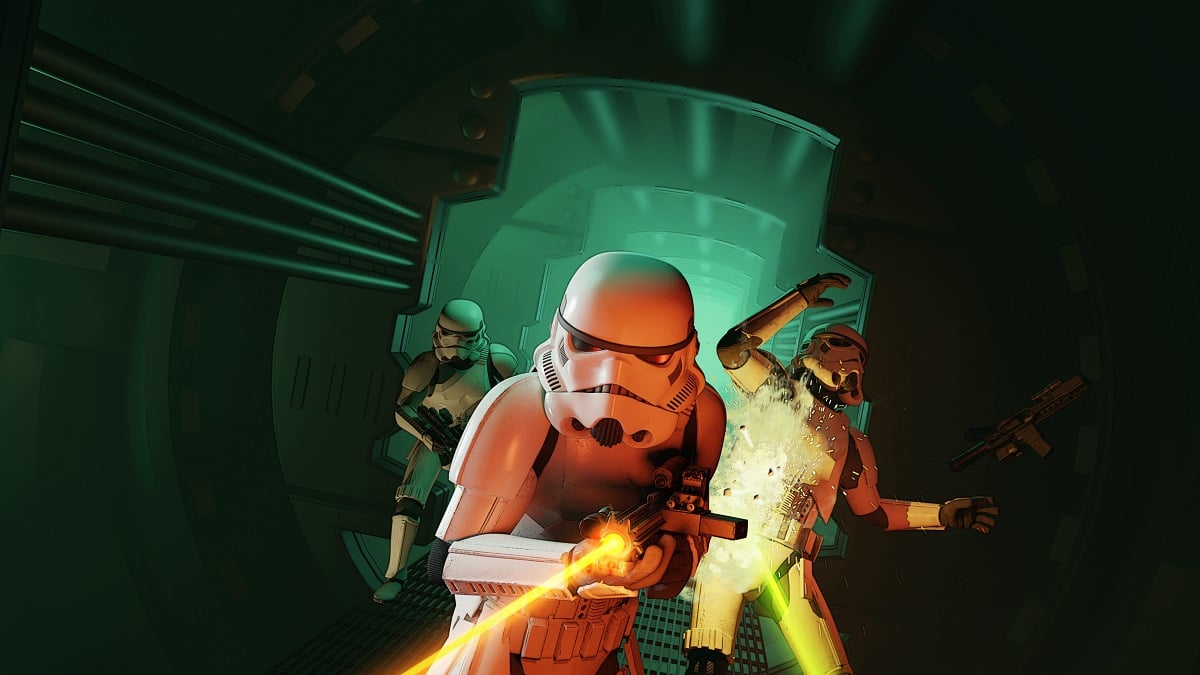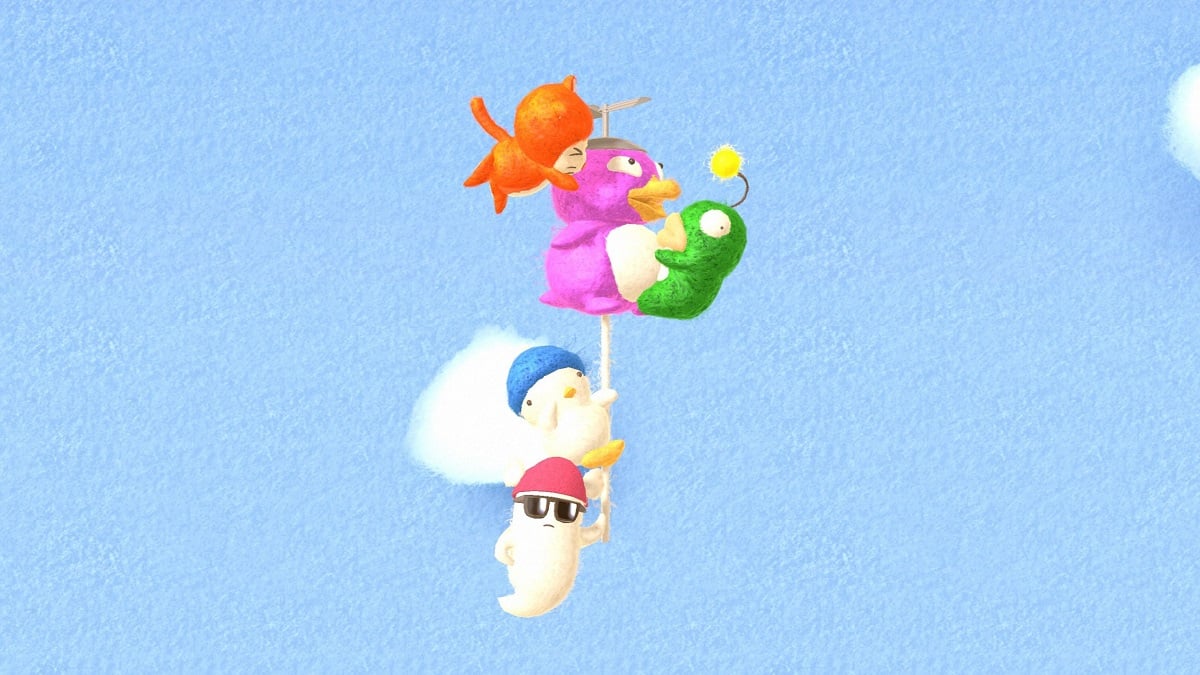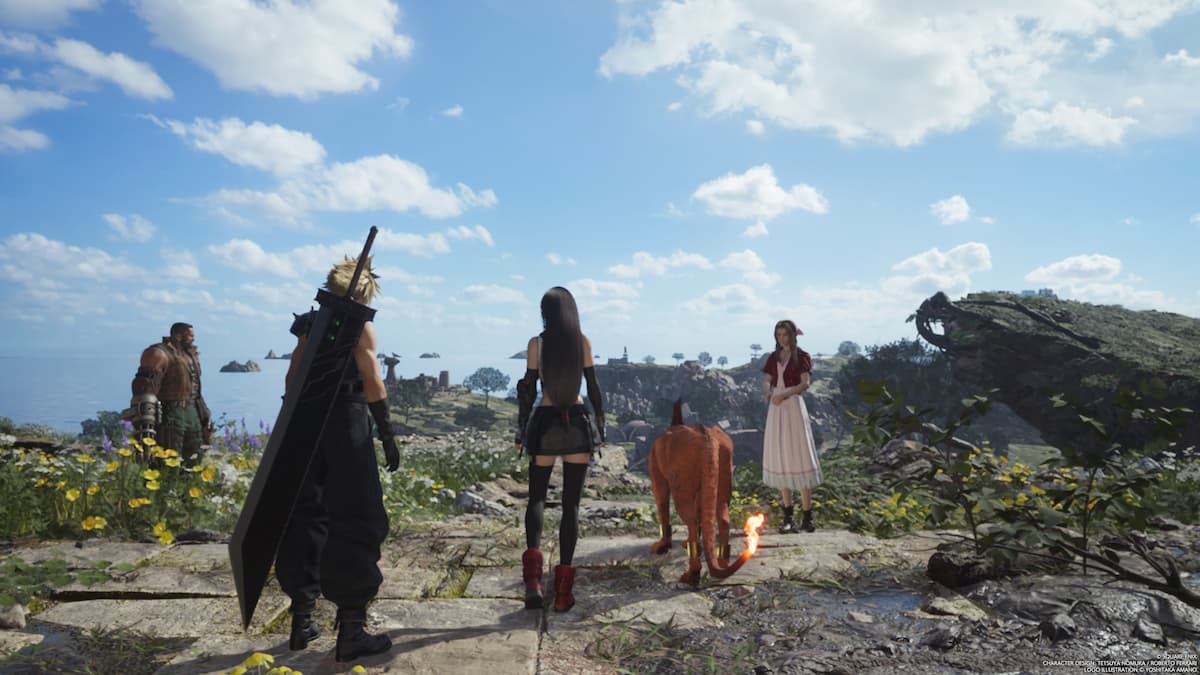
There’s one thing about mannequins that makes them such prime fodder for horror games. The dead-eyed stare sans pupils, the unnaturally inflexible poses and angular elbows, and the perverse mimicry of human behaviour hurls them proper into the trough of the uncanny valley. Like many horror staples, these are strategically positioned to unnerve gamers and elicit a fast scare, with a plethora of games inserting them in virtually predictable areas: on the finish of a hall, in a dimly lit nook, even proper behind the participant. In the identical vein, Layers Of Fear 2 makes use of such jump-scares abundantly, propping mannequins up in cordoned-off rooms and in opposition to dusty furnishings. These weird figures seemingly path the principle character wherever he goes, a tortured actor in search of inspiration for a prestigious function in his newest movie.
Like the equally tormented painter from the unique Layers Of Fear, you’ll be wandering via a grand however unsettling place, this time a lavish cruise ship. This ship serves as a setting for the darkest recesses of the actor’s thoughts, whereas the labyrinthine hallways twist and mutate into disquieting, macabre scenes, blurring the strains between fevered desires, efficiency and actuality. Before you begin navigating the ship, each act begins with the actor waking up from his mattress in his cabin, which is immaculately adorned with tasteful ornaments.
Then a menacing voice reverberates via the room, demanding his subservience. And from the clues and paraphernalia strewn throughout the ship, you get the sensation that the actor isn’t notably eager about being right here. He quickly crumbles beneath the stresses of filming on a ship, a spot he undoubtedly has some uncomfortable historical past with. And beneath the looming voice of the eccentric and dictatorial director, all the affair ultimately descends right into a downward spiral of despair.
To its credit score, Layers of Fear 2 appears to grasp horror’s over-reliance on mannequins for reasonable scares. It tries to place collectively a nuanced tackle this horror trope, usually by referencing them as stand-ins for individuals within the actor’s life, relatively than representing summary fears. After all, mannequins do serve a useful goal in actual life. They have been utilized by artists to check the human kind and anatomy for the reason that days of the Renaissance, and nonetheless function substitutes for fashions and actors at the moment. At occasions, they’re muses for style designers or photographers.
Within the actor’s troubled psyche these mannequins—as-family, or mannequins-as-friends, are largely inanimate and expressionless, however by some means eerily impassioned of their postures. They bury their heads of their palms in misery, lay crumpled in a nook as if having been bludgeoned with a heavy object, or curl up within the fetal place, gripped by some undisclosed worry. The use of mannequins would have made for an interesting motif, maybe with the actor recognising the connection between artist and model to deal with his internal turmoil. Unfortunately, the game doesn’t really acknowledge this, as an alternative counting on imprecise allusions to his previous and ambiguous quotes that trace at his crippling nervousness. Sadly, it relegates the mannequins to arbitrary points of spooky set design, doomed to carry ossified, empty postures within the endlessly winding halls of the ship.
This encapsulates the most important problem with the game. It’s stuffed with genuinely compelling metaphors that might have been expanded on, probably moulding drained clichés into memorable, unsettling moments. The game is thick on foreboding environment, with phantom figures materialising and dissipating simply as abruptly, and mannequins showing out of nowhere, however nonetheless largely subsists on recycled tropes. Falling particles crashes unexpectedly (accompanied by frenetic violin screeches) whereas rapidly scribbled notes detailing the actor’s collapsing psychological state are pasted on mirrors and discarded atop piles of books. On event, pitch-black rats scuttle previous the wood boards of the ship, surprisingly serving extra as an unfamiliar respite than an object of horror. There’s even a model (sure, it’s at all times a model) that crawls out of a cackling display screen, with black tar spilling onto the pristine carpet, an apparent reference to horror film The Ring, but additionally an overused popular culture relic at the moment.
All these are sights you’ll be aware of as you lumber via the ship, fiddle with varied gadgets and artefacts, hoard collectibles within the type of retro film posters and movie pictures, and resolve trifling however irritating puzzles. Essentially, it simply boils right down to opening doorways, inspecting gadgets, recognizing a ghastly model – rinse and repeat. It’s a tad exhausting to be rattled by these scenes when you possibly can odor the upcoming frights from a mile away, or if you’re tugging your hair out from the sheer frustration of an incomprehensible puzzle. Even the standard refrain of disembodied voices (a really videogame-y signal of a fractured thoughts) turns into extra banal than frightful.
It additionally strives for emotional affect by providing gamers a glimpse into the actor’s traumatic historical past, notably stemming from his shut bond along with his sister. You can choose up paraphernalia and diverse knick-knacks which have him recalling previous occasions, with the game clearly pleading that you simply really feel one thing for him, and sympathise along with his descent in the direction of insanity, due to the ordeals which have lengthy haunted him. Yet his recollections are too fuzzy and hole, and so they ship little context to his character. In the tip, he’s extra akin to a clean slate devoid of any actual persona, and we by no means get a whole portrait of his persona apart from the disparate patches of recollections hooked up to him. Incidentally, this carries eerie parallels to the vacant mannequins that hang-out this nightmarish hellscape.
Nonetheless, there are hints of inventiveness inside the game. Towards the latter half, the game step by step ups the ante with scenes that conjure a dreadful sense of apprehension, sometimes throwing the mundane tempo I’d grown accustomed to into upheaval. One sequence has you stroll down a hall (typical fare for the game by now) however the exit on the finish is quickly engulfed in flames. And for those who try to show round, the digicam forcefully yanks your perspective ahead, whilst a crowd of mannequins blocks your path forward. That was when it dawned on me: the one method ahead is to stroll backwards, even whereas fully unaware of the hazards behind me. At that second, a frisson of chills ran down my backbone, one of many uncommon moments that elicited such a response.
Then there are the chase scenes, which see a sinewy, misshapen monster pursue the actor with a fierce vengeance. These are additionally genuinely heart-palpitating, though there have been moments the place I needed to crank up the gamma meter to ensure that I wasn’t foolishly working right into a wall I couldn’t see.
Layers of Fear 2 and its predecessor are sure collectively by a theme of insanity, which programs via the veins of each games. The former incorporates a painter whose thoughts was ravaged by agonising artistic blocks, whereas the sequel stars an actor who’s tormented, but impressed by his previous to ship a tortured, compelling efficiency. Whether the game transpires in his creativeness, as a part of a movie, or relies in actuality is left ambiguous, which stunts the game’s potential to conflate your fears with these of its protagonist.
But like the primary game, Layers of Fears 2 appears to solely undertake insanity as shorthand for conveying creepiness and otherness, and doesn’t actually interact with its protagonist’s flaws or motivations. Not solely is that this unoriginal for a horror game (insanity as an antagonistic persona trait has been used so liberally in popular culture that the trope is virtually worn out by now) but it surely additionally dangerously romanticises insanity as brilliance for artistic souls, even fethisizing the pains of psychological sicknesses to the purpose the place it virtually seems as if such inner troubles need to be stoked or inspired.
The particulars that had been so uncanny and scary concerning the early horror tropes — be it the creepy mannequins or gangrenous monsters — might have been strengthened. But they aren’t. What we worry isn’t actually the unknown or the ghastly per se, however the feeling of isolation amidst uncertainty and grave hazard, and the perceived soullessness of an object such because the artist’s dummy. It’s a pity that the game fails to make the most of these analogies and delve into their immense potential. Instead, it’s too fixated on conventional soar scares to embrace the twisted, palpitating intestine of its story a couple of flawed protagonist and his struggles with internal demons.







